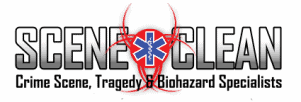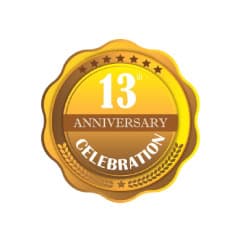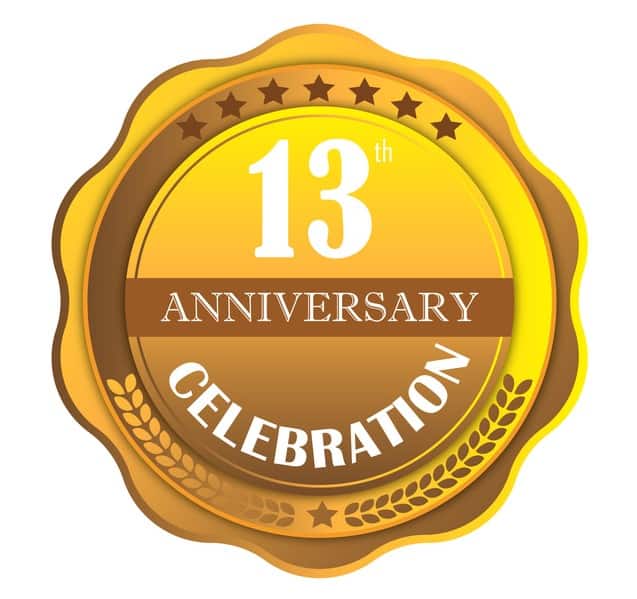The proper way to clean up a former methamphetamine (meth) lab is to hire an company that is specialized and trained in meth residue removal and cleanup, like Scene Clean. Scene Clean was the first and only third-party certified bio-hazard remediation firm in the state of Minnesota. Scene Clean is certified by ABRA (American Bio Recovery Association) www.americanbiorecovery.org Any individual that enters the property should be aware that within the entire home, building materials and fixtures may have absorbed contaminants and can continue to release chemicals, posing a great exposure risk. Proper PPE including, but not limited to: Gloves, long sleeves, long pants, durable shoes, respiratory protection, and protective eyewear must be worn, especially if coming into contact with surfaces. Be aware that general sanitation issues are frequent at former meth labs and may include gross filth, pest infestations, and hypodermic needle hazards, among other hazards.
In late 2009, the U.S. Environmental Protection Agency (USEPA) released Voluntary Guidelines for Methamphetamine Laboratory Cleanup. These guidelines are based on an extensive review of the top available science and practices for cleanup and should be used in addition to the information that’s provided in this fact sheet. https://www.epa.gov/emergency-response/voluntary-guidelines-methamphetamine-laboratory-cleanup
In Minnesota, the Department of Health has their own specific guidelines companies and governmental agencies should follow when cleaning up a meth site whether its from production or usage of methamphetamine inside a home. https://www.health.state.mn.us/communities/environment/meth/index.html
The measures described below provide the best current practice for reducing exposures to toxic elements used in meth manufacturing. These cleanup procedures will help to reduce health risk by reducing exposure to methamphetamine. Below is a synopsis of the process, and is not and should not be considered a replacement for professional work, experience, or training. Of course, we believe only qualified companies like Scene Clean should be doing this work.
Allow the property to be aired out: After police officials seize a lab, authorities/experts trained to handle hazardous materials are generally called in to remove lab waste and bulk compounds. During this removal, every effort should have been made to air out the property for the safety of the removal crew. This short-term ventilation may not be adequate to clear out all air contaminants. Be sure the property has been ventilated for several days before cleaning. Maintain good ventilation throughout the cleanup process.
Removal and disposal of contaminated items: During the methamphetamine cooking process, fumes are given off – that can spread and be absorbed by nearby (especially porous) materials. Spilled chemicals, supplies and equipment can further soil even non-lab items. Unnecessary and contaminated items should be removed from the property, and deemed unusable. Proper decontamination and disposal as soon as possible will prevent re-use.
Porous materials, such as carpeting, furniture, drapes, clothing can amass vapors that are dispersed through the air during the cooking process. They may also collect dust and powder from the chemicals involved in manufacture. It is recommended that these materials be disposed of properly, especially if an aroma or stain is present. It is less expensive to remove these articles than to collect samples and have them analyzed by a laboratory.
HEPA (High Efficiency Particulate Air): After porous and non-porous items are deemed fit for disposal, HEPA vacuum the floors, walls, and other hard surfaces to remove dirt, dust and cobwebs before washing with a detergent/water solution.
Surfaces: Many surfaces such as cabinets, walls, counters, floors, and ceilings, etc., are porous and can hold contaminants from the meth cooking process, especially in areas near where the cooking and preparation were done. Cleaning those areas is imperative, as people may come in frequent contact with these surfaces through food prep and other household activities.
Complete a “once-over” detergent wash of the walls and floors to cut heavy contamination.
If a surface has visible pollution or staining, comprehensive removal and replacement of that surface is recommended. This could include removal and replacement of appliances, plumbing fixtures, wallboard, floor coverings, and countertops.
HVAC (Heating, Ventilation and Air-Conditioning): You must clean and seal the HVAC system. Do not run this system until all other cleanup is finished.
Plumbing in the home: In most cases, waste products produced during meth manufacturing are poured down sinks, drains and toilets. These products can collect in drains, traps and septic tanks and give off fumes. Contact a plumbing contractor if you detect a strong chemical odor coming from household plumbing. Flush plumbing traps, unless wastewater from washing process will be flushed through the plumbing system. In this case, wait to flush plumbing until all wastewater has been flushed.
Washing with specialized products and tools: Use a detergent-water solution to wash walls, ceilings, floors, other surfaces, and non-porous items that can be kept. Follow each wash with a thorough rinse, using clean water and a clean supplies. When washing, change supplies and detergent-water solutions frequently. Repeat the cleaning and rinsing process two more times for a total of three washes and rinses, at minimum. After washing, dispose of cloth rags appropriately.
Sampling for post-remediation levels: If post remediation sampling is to be done, ensure structure/items are completely dry before sampling. Sampling should be performed before repainting.
Repainting the property after remediation: After an interior surface has been cleaned it, and passed sampling tests for safe levels, the property should be repainted with an oil-based paint, epoxy, or polyurethane primer followed by an additional coat of paint. Painting helps to provide a barrier between the contamination and anyone who may come in contact with the surface.


